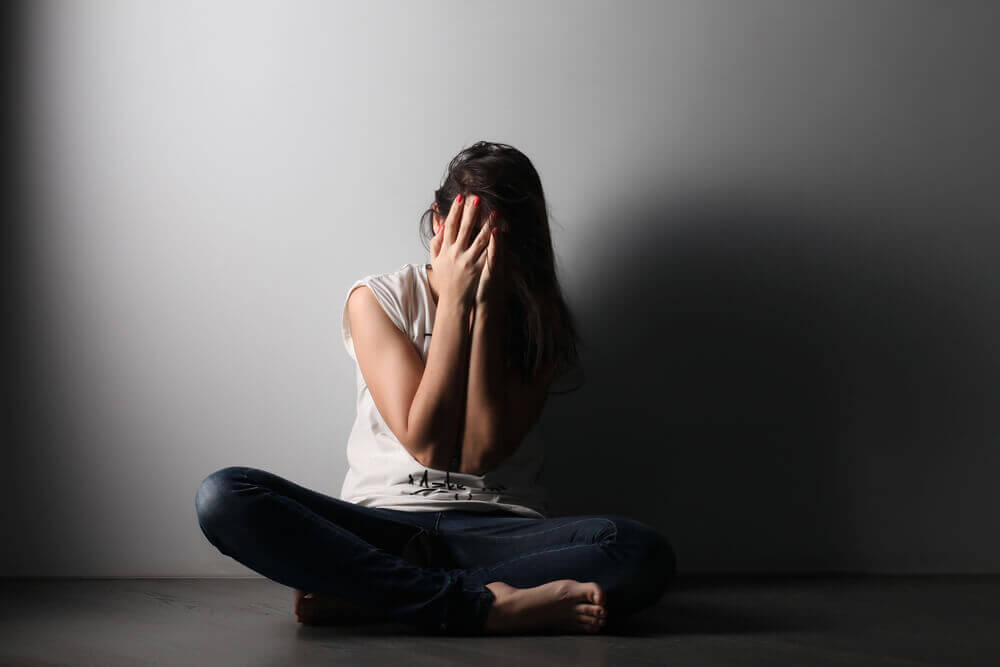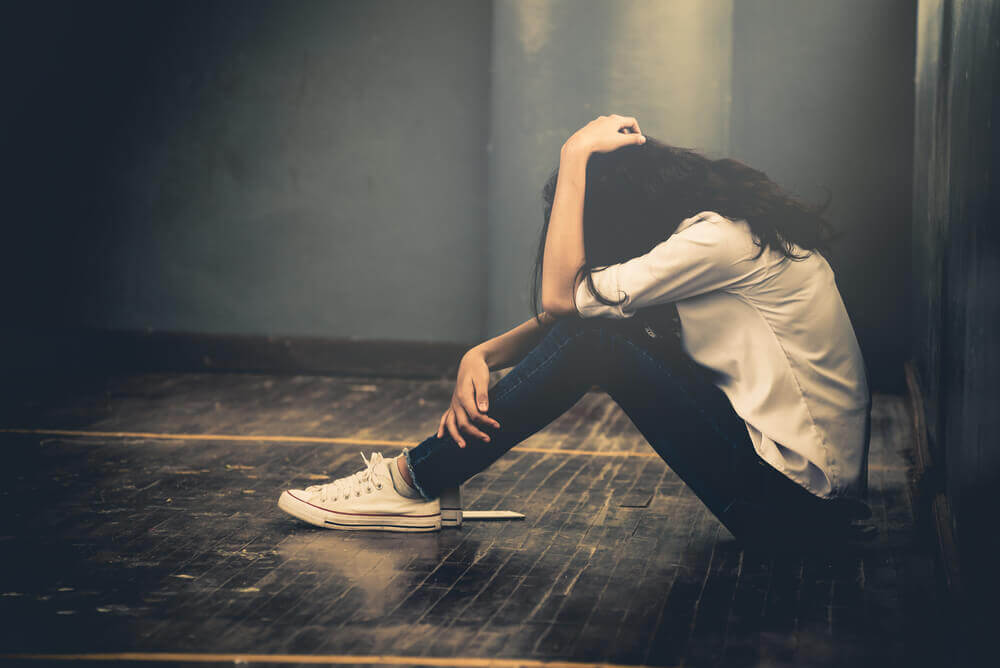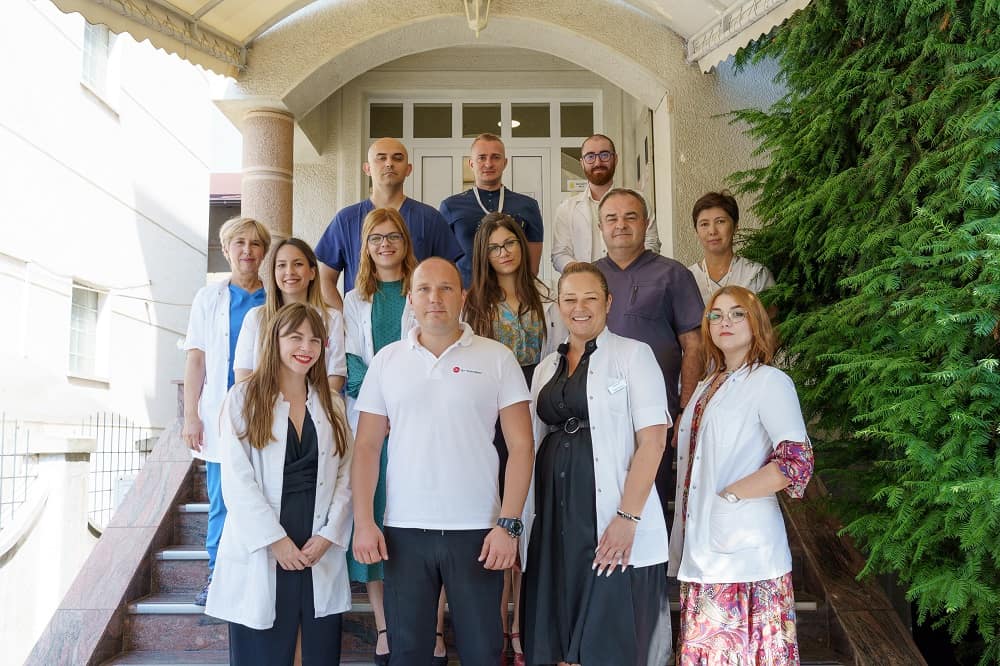
Table of contents:
Symptoms of physical addiction can be very difficult.
Use of various psychoactive substances has been known since ancient times. Archaeological sites have discovered that ancient Sumerians used opium as a “drink of pleasure” as early as 5,000 years ago, while at that time the Chinese had already heavily used poppy tea to treat various pains. The Egyptians also made opium in the valley of Thebes, as confirmed by papyrus records.
The first specific evidence of the use of marijuana comes from Israel around 1500 BC. Namely, in the grave of a woman, believed to have died in childbirth, researchers found the remains of this plant.
Although addiction is as old as humankind, it was not until the mid-20th century that increased abuse of tablets and other psychoactive substances occurred. Due to the widespread availability, their abuse is characteristic of all parts of the world, regardless of economic and social development. In the last decades, the use of synthetic drugs has increased. They have a stronger effect than “natural” ones, so they are more dangerous for the body.
That addictive disorders are a global concern is best reflected in the latest United Nations reports. According to data, over 200 million people, i.e., about 5 percent of the world’s population, aged 15 to 64, use illegal substances. Marijuana is the most prevalent – 160 million people, followed by excessive use of drugs, opiates, and cocaine.

Bearing in mind the devastating information, Dr Vorobjev clinic reveals to you the symptoms of physical addiction.
How do the symptoms of physical addiction develop?
Physical addiction is, in fact, physiological dependence of tissue on the psychoactive substance. The result is a cellular adaptation, so the body can no longer “survive” without it even for a day. That is, for “normal” functioning, the concentration of the substance needs to be always present in the blood.
It can develop from the therapeutic use of medicines, such as benzodiazepine, antiepileptic, and antidepressant addiction, though it often occurs as “recreational” abuse of various substances.
Due to long-term, chronic consumption, one develops tolerance. This means that after a certain period, the effects of psychoactive substances cease. It is, therefore, necessary to take higher doses to achieve the desired effect. The higher the dose used, the more severe the symptoms of physical addiction.
What are the typical symptoms of physical addiction?
Physical addiction can manifest itself in both physical and psychological symptoms. These are caused by physiological adaptations in the central nervous system and brain due to the chronic exposure to the substances.
Symptoms of physical addiction may occur with sudden discontinuation of consumption or due to dose reduction. In severe cases, they appear several hours after the effect wears off, and they are known as the crisis.
Depending on the type of substance used, one can also experience symptoms. Characteristic symptoms are palpitations, high blood pressure, fever, sweating, trembling. Then there are pains all over the body, diarrhea, cough, running nose.

If the crisis lasts longer, there are psychological problems – insomnia, confusion, panic attacks, visual hallucinations, irritability, and even suicidal thoughts.
Treatment of physical addiction
Treatment of drug addiction and other forms of addiction begins precisely by removing physical addiction.
After assessing the overall psychophysical condition of the patient, the detoxification program is defined. Its goal is to cleanse the body from the toxic substance and to restore the disturbed balance.
To prevent the crisis, Dr Vorobjev clinic applies several detoxification treatments – ultra rapid opiate detoxification, Neuro-jet (N.E.T.) therapy, pharmacotherapy, special infusions with vitamins and hepatoprotectors are applied. Every detoxification is carried out exclusively in hospital conditions, with constant monitoring of doctors and medical personnel. In this way, the condition of the patient is monitored, and possible symptoms of the crisis are prevented.
After detoxification, the patient’s physical condition is normalized, and the immune system is slowly improving. However, it should be borne in mind that the treatment of physical addiction is only the first step towards healing. For complete improvement of the physiological and emotional state, it is necessary to eliminate psychological addiction as well.
In this stage, Dr Vorobjev clinic applies special addictive disorder treatment with Ibogaine.







